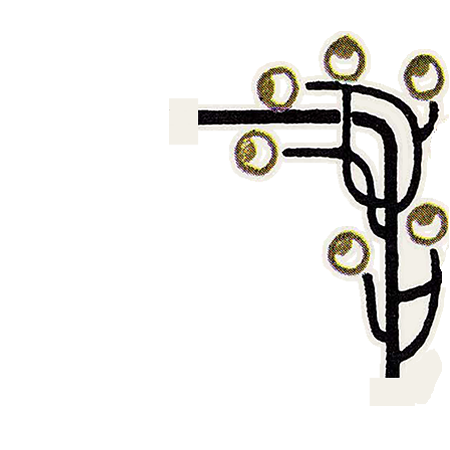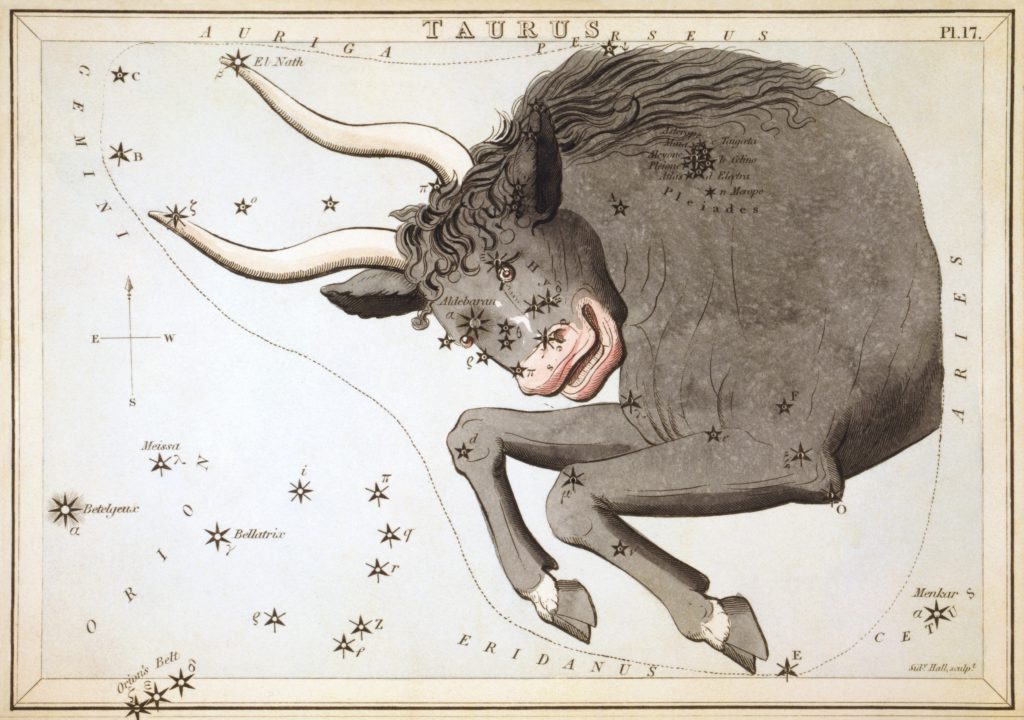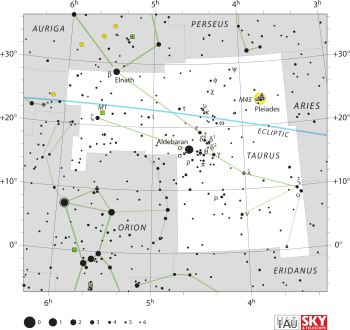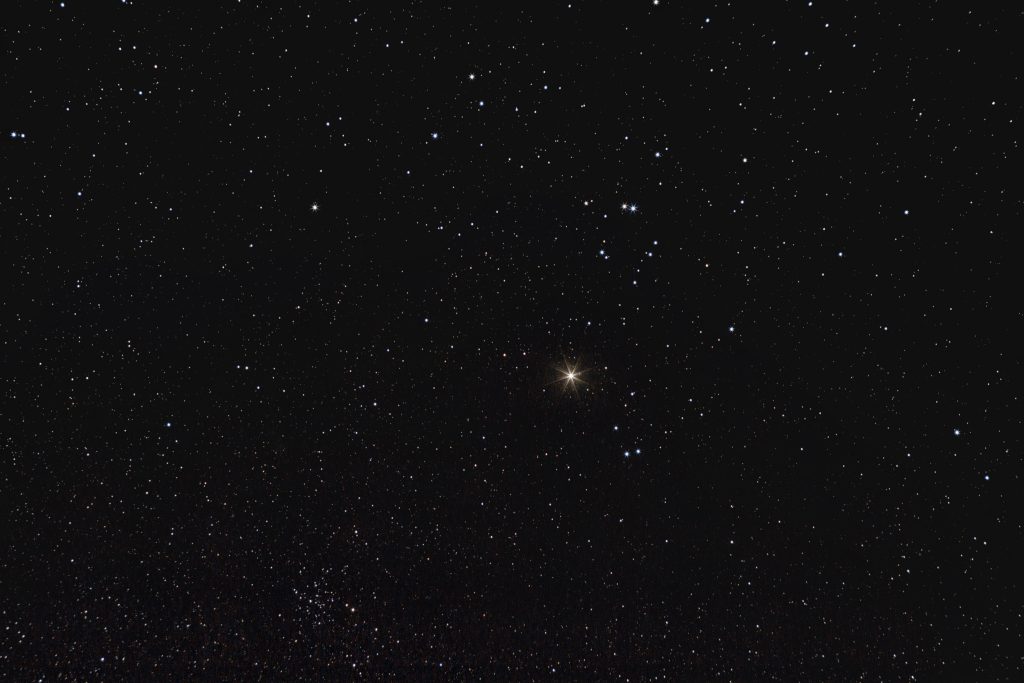
Keinenfalls eine do-nothing-machine ist die Espressomaschine wenn sie mit Strom aus dem eigenen Solarkraftwerk betrieben wird! Danke, liebe Sonne, er ist rrrrrrröstfrisch sag ich da nur!





art, literature, thoughts, … all that stimulates the intellect

Keinenfalls eine do-nothing-machine ist die Espressomaschine wenn sie mit Strom aus dem eigenen Solarkraftwerk betrieben wird! Danke, liebe Sonne, er ist rrrrrrröstfrisch sag ich da nur!

Lets face it: star constellations – and hence zodiacs – are an entirely arbitrary human choice. There are neither 12, nor 13 zodiacs, there is an almost infinite number of visible stars in the sky, from which a literally infinite number of “constellations” can be generated by connecting stars with lines. Not the sky, your phantasy is the limit. You can also divide the year in arbitrarily small intervals (say: picoseconds) and define your own zodiac depending on where planet Earth happens to be on its orbit with respect to the stars at that picosecond.
Lets take a look at Taurus (which they tell me I “am”):

Or in a more sober representation:

And here is what the night sky around there actually looks like:

Oooooh WOW! I can totally see a bull here! If I consume a lot of fungus. So now lets forget about all the zodiastic taurusshit and reveal my REAL zodiac (25th of April 1977, 6am, 320e+12 picoseconds):

Surprise: my zodiac is Unicorn! As can be clearly seen, Elnath defines the tip of the horn, while Aldebaran makes for the shiny ass. The anomalistic year (time between perihelion passages of the Earth) has an average duration of 365.259636 days, which amounts to 3.15584325504e+19 picoseconds (=number of distinct zodiacs in our system). We therefor randomly assign number 2.504197706e+12 to this zodiac. I think it’s a good zodiac. Character traits associated with “Unicorn” are: sexy, a bit vain but kind, icecream. The picosecond division of the year also means: not many people have it!
What is your zodiac?

I recently came across this fabulous solar powered “do-nothing machine”, designed in 1957 by American design duo Ray and Charles Eames (yet again via aeon.co):
Here you can find a few more photos of this phantastic machine. I very much like the idea that what on first sight appears like a “toy” that “does nothing” represents the very essence of creativity and innovation. In other words, it is ONLY by providing space and time for play or for “nothingness”, that the possibility for SOMEthing new is actually created. Think about it when you come across one of those articles that insist how bad mind-wandering is for children.
Here’s a “Nightcap” from Elmer Bernstein (who might have written the jazzy piece featured in the short movie):

Mira las flores:
Listen and remember your favourite things:
Trinket alle daraus (aber hofft nicht auf ewiges Leben – es ist die Hölle).

… et l’enfer, c’est les autres, comme vous le remarquez tous en ce moment à la maison:
Och när han kommer (“Vänta ett ögonblick! – Så säger ju alla!”), du kan ju försöka att spela schack med honom, men … jag rekommenderar att bara följa med honom, som med en gamla vän (Är du beredd?):
Sinon, faites comme Simone et Jean-Paul …
.. eller bilda Olsen Banden (skidegod):

“Tout ce qu’on regarde est faux.” Ça c’est vrai! et puis: “Si tous ont raison, et si toutes les pilules ne sont que Pink, essayons une fois de ne pas avoir raison.”
D’écrire un manifest, ça doit être quelque chose de libérant – il faudrait que je l’essaie! Il y en a beaucoup, des manifestes, mais celui du mouvement “Dada” peut se lire plutôt bien: Dada No.3, Dezember 1918, Zürich.
Die Ausgabe enthält auch verschiedene Nachrufe auf Guillaume Apollinaire, auch eine höchst studierendswürdige Persönlichkeit des 20.Jahrhunderts!
But my little excursion into dadaism was triggered recently by Swedish artist Viking Eggeling’s 1920s stop-motion animation Symphonie diagonale. Enjoy watching, and enjoy reading the manifeste!
